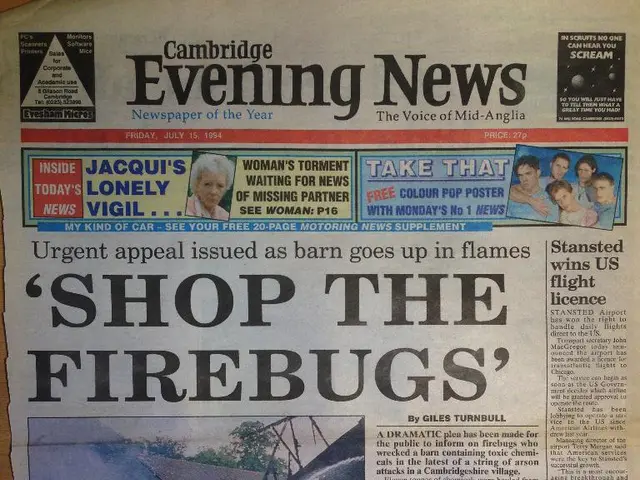Guideline for Video Accessibility for Content Manufacturers (2025)
==========================================================================
The digital world is rapidly expanding, with video content accounting for 82.5% of all internet traffic. As creators continue to produce engaging videos, it's essential to ensure that this content is accessible to everyone, including individuals with disabilities.
The European Accessibility Act (EAA) and the Americans with Disabilities Act (ADA) are the major legal frameworks for video accessibility. In the U.S., the ADA, Section 508 of the Rehabilitation Act, and the 21st Century Communications and Video Accessibility Act (CVAA) enforce video accessibility, requiring captions, transcripts, and accessible interfaces for public-facing digital content.
To make video content accessible, creators should prioritize the following key practices:
- Captions: Display text of all spoken words and relevant sounds to assist deaf or hard-of-hearing users. Tools like Kapwing's Auto-Transcript feature can help generate written transcripts quickly and easily.
- Audio descriptions: Provide narration of visual elements for users with vision impairments. TED-Ed's animated lessons, for instance, include edited closed captions that capture both dialogue and important non-speech sounds.
- Transcripts: Offer complete text versions of video content that include auditory and contextual information (e.g., speaker changes, music). TED-Ed also publishes full transcripts alongside each video on its website.
- Keyboard functionality: Ensure video controls are operable without a mouse (play, pause, rewind, etc.).
- Clear navigation: Use unique page titles and descriptive link texts.
- Multiple text tracks: Use captions, subtitles (for language translations), and chapter markers to improve usability.
- Plan for accessibility from the start: Designing videos with accessibility in mind is easier than retrofitting later.
Complying with these standards not only ensures legal compliance but also widens the audience for creators, allowing everyone to engage with their work. For example, the YouTube videos of Rotten Mango provide both an audio-only version and a YouTube video version with closed captions, making it accessible for hard-of-hearing audiences.
Platforms like Instagram, TikTok, and X now include built-in alt text for images and auto-captioning, ensuring accessibility for all users. Vox consistently prioritizes accessibility in its video content on YouTube, providing accurate closed captions and explicit descriptions of visuals, charts, maps, or archival footage.
The Web Content Accessibility Guidelines (WCAG 2.2) is the most widely recognized framework for defining video accessibility. Built around four principles: perceivable, operable, understandable, robust (POUR), the WCAG serves as a valuable resource for creators aiming to make their content accessible to all.
In 2024, over 8,800 digital accessibility lawsuits were filed in the U.S. for non-compliance, highlighting the importance of video accessibility. In 2025, over 430 million people experience disabling hearing loss, and over 2.2 billion people worldwide live with vision impairment. By prioritizing video accessibility, creators can ensure that everyone has an equal opportunity to enjoy and benefit from their content.
[1] Web Content Accessibility Guidelines (WCAG) 2.2: https://www.w3.org/TR/WCAG22/ [2] Americans with Disabilities Act (ADA): https://www.ada.gov/ [3] Section 508 of the Rehabilitation Act: https://www.section508.gov/ [4] 21st Century Communications and Video Accessibility Act (CVAA): https://www.fcc.gov/cvaa [5] European Accessibility Act (EAA): https://ec.europa.eu/info/law/better-regulation/have-your-say/initiatives/12523-European-Accessibility-Act
Science and technology play crucial roles in enhancing video accessibility, as tools and platforms continue to advance. For instance, Kapwing's Auto-Transcript feature is a product of science and technology innovation, facilitating the quick generation of written transcripts for videos. On the other hand, the European Accessibility Act (EAA) and the Americans with Disabilities Act (ADA) are legislative frameworks that fall under the category of education-and-self-development, as they promote the understanding and implementation of video accessibility standards.




